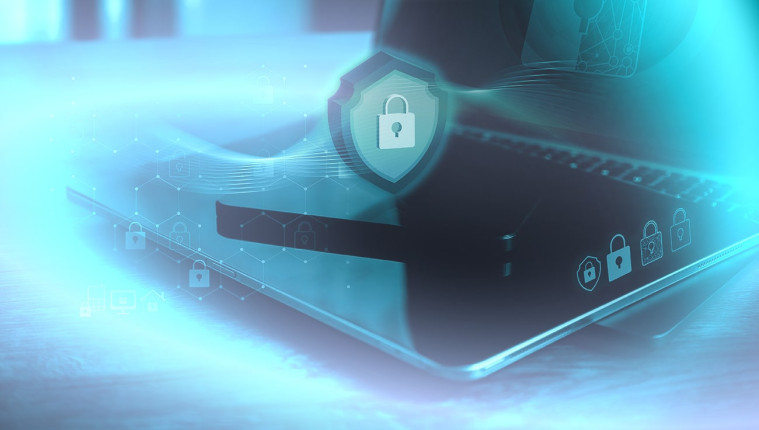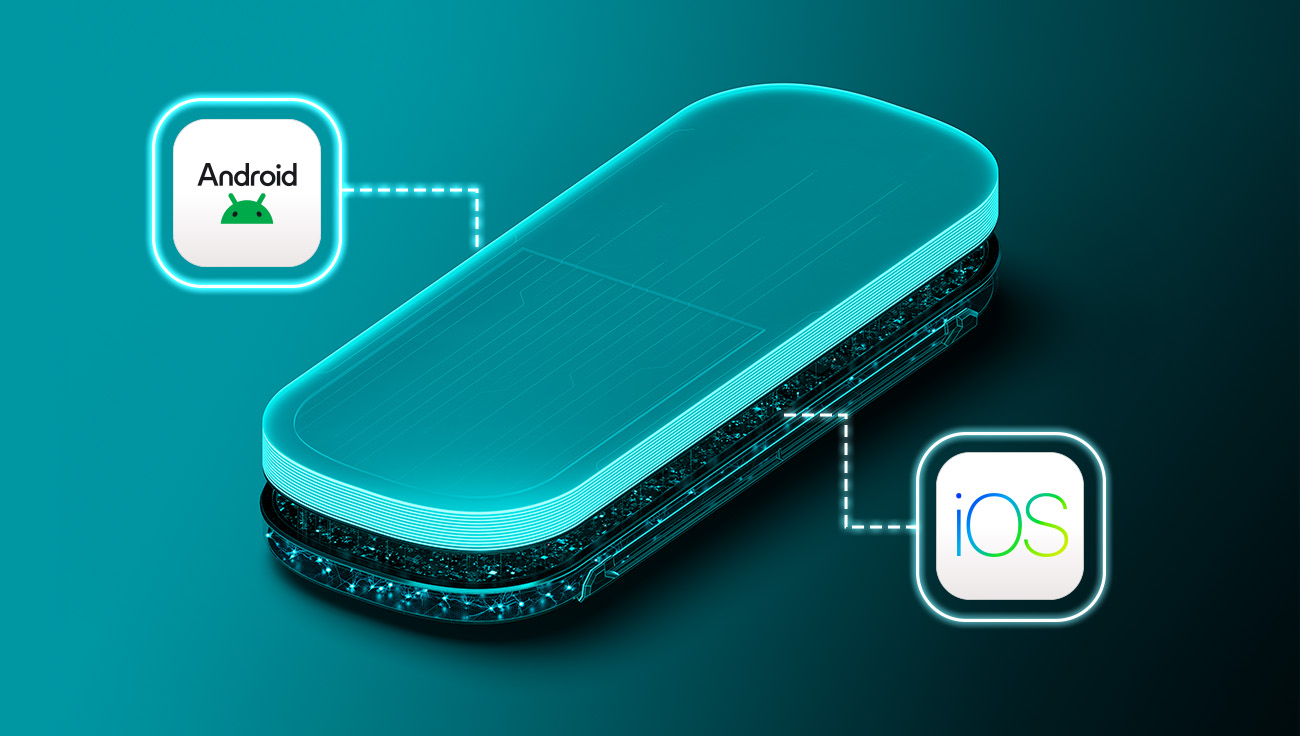Businesses typically focus on newer, more efficient ways to detect and respond to cyberattacks. There is a growing emphasis on the importance of prevention as well. From a cost-effectiveness perspective, prevention emerges as the most financially sensible option. Let's dive into what preventive measures are available and which ones you should consider for your business.
According to an IBM report, the global average cost of a data breach is $4.45 million. In the U.S., the cost is even higher, at $9.48 million. The average impact of a data breach on organisations with fewer than 500 employees is $3.31 million (a 13.4% increase year over year). While costs vary by country and industry, security breaches are certainly more expensive than preventive measures.
The impact of a data breach
A successful cyberattack is not just about the direct losses incurred due to a breach, but also the indirect costs associated with repairing the damage. This includes potential downtime, which can disrupt productivity, as well as the expenditure on mitigation strategies and system recovery.
Cyberattacks can also damage your business's reputation and erode customer trust, which can have lasting effects. Often it is even more difficult to recover from reputational damage than the financial costs as such damage can lead to a loss of existing customers, difficulty in attracting new ones, and an overall negative perception of the brand for the future.
Beyond reputational damage and direct financial repercussions, there's also the risk of legal fines or regulatory penalties when a breach exposes any noncompliance with laws and regulations. Businesses may also face lawsuits from affected customers, further adding to the financial burden.
Your proactive approach and prevention efforts can significantly reduce the attack surface by applying several measures such as:
- Risk assessment
- Regular cybersecurity awareness training for employees
- Regular updates and vulnerability and patch management
- AI-powered endpoint protection
- Data encryption
- Network security
- Email protection (anti-spam, anti-phishing, anti-malware)
- Cloud security (multi-layered protection for cloud-hosted email, collaboration tools, and storage)
- Mobile device security
- Prevention at the identity layer
Cyber insurance as a supplement to other preventive measures
While companies might consider cyber insurance as another preventive measure, it is important to understand its limitations. Unlike measures directly addressing system and employee security, cyber insurance doesn't prevent cyberattacks.
Instead, it can assist in alleviating financial damage resulting from such incidents. However, it's critical to note that cyber insurance may not cover all potential damages. This is primarily because it's challenging to quantify certain losses, such as downtime or reputational damage, with concrete monetary values. Moreover, the process of obtaining compensation from cyber insurance companies can be time-consuming.
Therefore, while cyber insurance can be beneficial, it should not be relied upon as a sole solution for comprehensive cyber risk management.
Moreover, cyber insurance companies also often require at least some of the above-mentioned measures to be adopted.
Detection and response
While robust preventive measures make it more difficult for hackers to execute successful attacks on your business, there are still scenarios in which they may be able to circumvent your security defences.
Therefore, it is essential to have both detection and response measures in place in addition to the preventive steps. Think of the two as complementary to each other, combining their forces to protect you and your business.
The most effective detection and response solutions use artificial intelligence and machine learning. When searching for such a tool, look for one that provides you with outstanding threat and system visibility, enabling you to perform fast and in-depth root cause analysis with an immediate response to incidents. Or you can take it one step further with an MDR solution that ensures business continuity by monitoring your systems night and day, which supports IT teams by helping with threat hunting, digital forensics, and immediate incident response.
| PREVENTION | DETECTION AND RESPONSE |
|
Prevents a threat before it happens |
Monitors the systems and sends security incident notifications |
|
The goal is to shrink the attack surface for potential attackers |
The goal is a quick response to security incidents |
|
Could demotivate attackers seeking easy targets |
Quickly contains the threat and maximises damage mitigation |
|
Achieved via measures such as:
|
Achieved via measures such as:
|
If you want to avoid potential financial losses, damage to your reputation and more, strong preventive measures are the way to go. Most attacks will be averted before they even occur, and should a determined cybercriminal bypass your protection anyway, the detection and response tools will be ready to mitigate the damage.
When choosing a provider of such services, be sure to consider a platform that offers all the above-mentioned possibilities and can combine them in such a way that your business can maximise the benefits.




